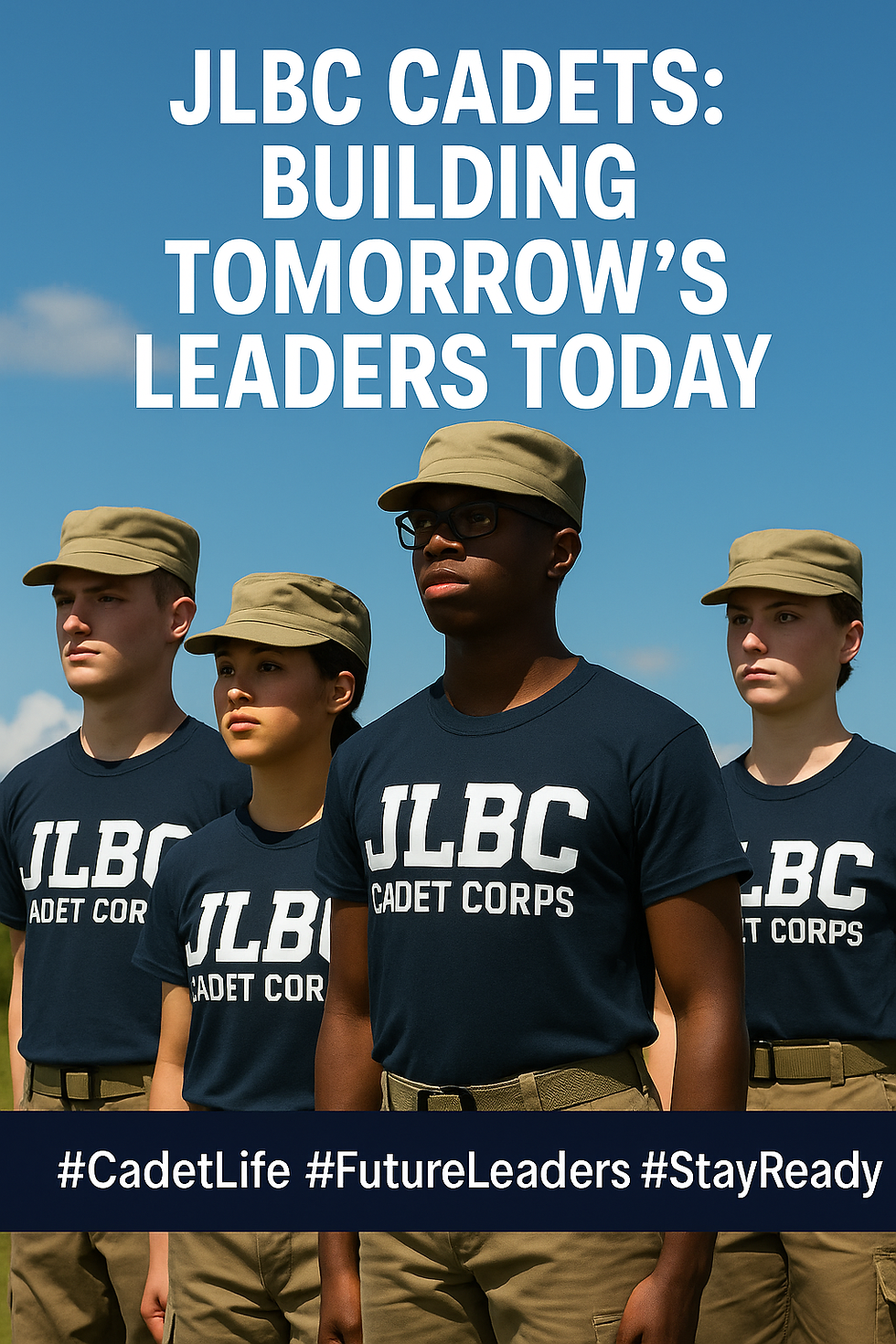🛠️ Rebuild Your Chain of Command with Civilian Allies
- Kirk Carlson
- Jul 24
- 3 min read

For many veterans, first responders, and those leaving structured institutions, the transition into civilian life can feel like stepping into chaos. The clear ranks are gone. The mission is unclear. The camaraderie and command structure you relied on? Disconnected.
But here’s the truth:
You don’t need to go it alone.
You just need to rebuild your chain of command—strategically—with civilian allies.
🎖️ What Does That Mean?
In the military, your chain of command provides:
Clarity of mission
Role-based support
Accountability
Operational rhythm
Mutual respect and shared values
These needs don’t vanish after service. They evolve.
Rebuilding your chain of command means intentionally creating a civilian support network that functions like your military unit once did—with a mission-focused structure, mutual accountability, and purpose-driven relationships.
🧠 Why It Matters
Isolation is the silent killer.
Without a network, veterans are more likely to face:
Mental health struggles
Loss of direction or motivation
Unemployment or underemployment
Substance misuse or self-sabotage
Hopelessness and loss of identity
But when you reconnect strategically—with mentors, peers, advisors, and purpose partners—you build more than support. You build a civilian battalion around your next mission.
🪖 Who Belongs in Your Civilian Chain of Command?
Rebuilding this network doesn’t mean recreating a hierarchy. It means assembling high-value people who serve different roles in your mission to rebuild your life.
Here’s your new Civilian Command Team:
1. 🧭
Your Mission Officer
– The Mentor
Someone who believes in your future and helps you define your next mission. A coach, elder, or experienced leader.
2. 🪜
Your Ops Chief
– The Accountability Partner
A peer who walks with you, keeps you honest, and doesn’t let you slide backward.
3. 📈
Your Intel Analyst
– The Strategist
A professional who helps you navigate life planning, employment, education, or finances. (Think: job coach, financial advisor, professor, counselor)
4. 🛠️
Your Quartermaster
– The Resource Connector
Someone who helps you access the tools, services, or systems you need—healthcare, housing, legal help, etc.
5. 💬
Your Communications Officer
– The Encourager
A friend or community member who helps you stay socially and emotionally connected so you don’t isolate.
🔧 How to Start Rebuilding
✅ Step 1: Identify Your Gaps
What do you need—mentorship, structure, opportunity, emotional support?
✅ Step 2: Seek with Intention
Join veteran support networks, leadership groups, faith communities, or service organizations like Covenant of Courage.
✅ Step 3: Build with Boundaries
Choose people who align with your mission, not just your comfort zone. This isn’t about popularity—it’s about purpose.
✅ Step 4: Serve Back
As you rebuild, become part of someone else’s chain of command. Leadership isn’t a title—it’s action.
⚔️ Covenant of Courage: Civilian-Backed. Mission-Driven.
At Covenant of Courage, we’ve helped hundreds of veterans and at-risk youth rebuild their leadership identity through:
🪖 JLBC Cadet Corps – Veteran-led youth leadership
🥾 Warrior Bootcamp – Tactical fitness & resilience
🤝 Peer mentorship & community service engagement
🧠 Mental health workshops for post-service transition
Our programs honor your past—and equip you to build a civilian team around your future mission.
You don’t have to walk this next chapter alone.
You just need a new unit.
🛡️ Final Thought
You were trained to lead.
You were trained to fight.
But now—you must rebuild.
And that starts with assembling the right people beside you.
🖊 Sign the petition: https://chng.it/5yXYvkBtMR
🌐 Learn more: www.covenantofcourage.com





コメント